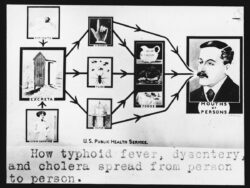Folklife
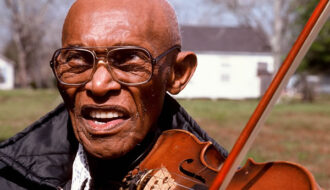
Canray Fontenot
The music of Creole fiddler Canray Fontenot cuts across a variety of musical genres: Cajun, zydeco, and blues-waltzes, a unique style combining elements of blues and jazz.

The music of Creole fiddler Canray Fontenot cuts across a variety of musical genres: Cajun, zydeco, and blues-waltzes, a unique style combining elements of blues and jazz.
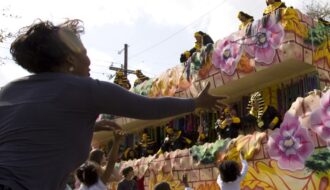
The culture and history of Mardi Gras throws, especially ubiquitous plastic beads, reflect relationships Louisianans have with each other and the spaces they inhabit.
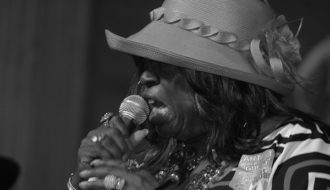
Singer and pianist Carol Fran was a blues, swamp pop, R&B, and jazz musician whose work reflects the influence of southwest Louisiana's culture.
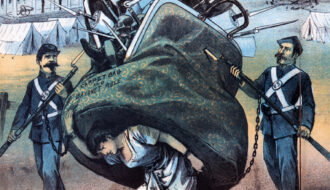
“Carpetbagger” and “scalawag” were derogatory terms used to deride white Republicans from the North or southern-born radicals during Reconstruction.

“Carpetbagger” and “scalawag” were derogatory terms used to describe white Republicans from the North or southern-born radicals during Reconstruction.
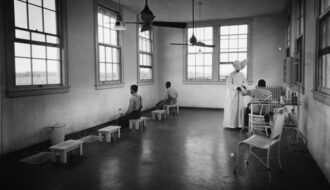
Several buildings at the National Leprosarium at Carville, Louisiana, were built by the Works Progress Administration.
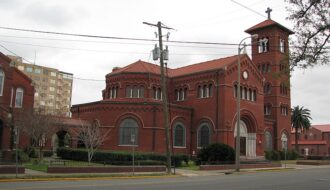
The Cathedral of the Immaculate Conception serves as the seat of the Diocese of Lake Charles, Louisiana.

More than two thousand people across South Louisiana lost their lives in the Cheniere Caminada Hurricane, making it one of Louisiana’s deadliest storms.
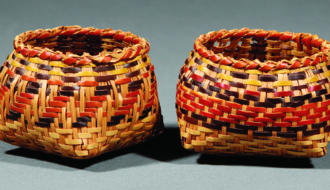
Deeply rooted in the history, spirituality, and daily activities of the Chitimacha people, basketry remains a visible expression of the Chitimacha Indian tribe’s culture and tradition.
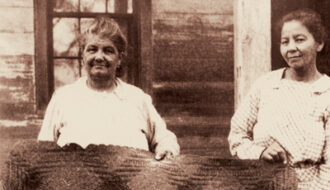
The Chitimacha Tribe is the only federally recognized tribe in Louisiana to still occupy part of its ancestral territory.

The Chitimacha Tribe is the only federally recognized tribe in Louisiana to still occupy part of its ancestral territory.
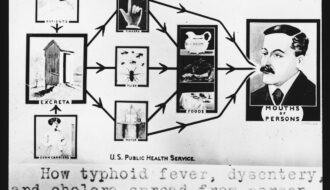
During the nineteenth century, cholera epidemics caused tens of thousands of deaths throughout the state of Louisiana.
One-Year Subscription (4 issues) : $25.00
Two-Year Subscription (8 issues) : $40.00
